
Protected Natural Area "La Querciola"
The Querciola di Quarrata protected nature area safeguards a small portion of about 118 hectares within the Pistoia-Prato-Florence plain which escaped cementation as well as transformation linked to mechanization of agriculture and spread of specialized and mono crops.
Itstraditional agricultural landscape is characterized by the small fields, bordered by rows of vines or hedges, grazing meadows and arable crops.
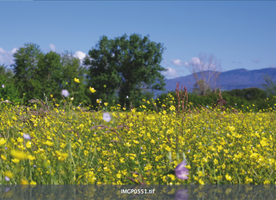
The wetlands are of special naturalistic and environmental interest, consisting of an articulated system of canals and ponds of different origin and type: fairly deep small lakes derived from clay
pits, duck hunting ponds and wetlands restored as nature reserves.
Several projects aimed at improving the natural habitat have been performed in the area under the “Along the Migratory Routes” scheme, among which planting trees and bushes in rows and hedges
and digging the Laghina (“Little Lake”) for avifauna.
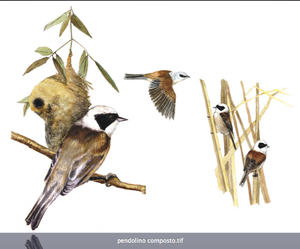
Other naturalization interventions have been carried out while creating the floodplain around the Quadrelli Canal waters; a lake with small islands for birds, two hides, hygrophilous woods and
nuclei of arboreal vegetation suitable for a heronry.
The area is open for recreation and education purposes all year round. Please follow the trail provided and respect the property, part of which is private.
La Querciola area includes the Casa di Zela where you can find amuseum of traditional peasant life with the Ernesto Franchi Collection, a centre for environmental education and a guesthouse.
Flora
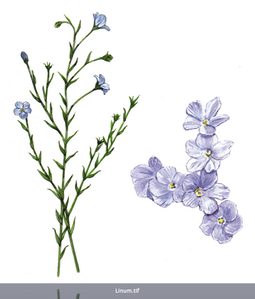
The traditional methods of cultivating fields, with small plots bordered with hedges, a superficial irrigation network brimming with ditches and canals, and the existence of wetlands of different origins, have allowed conservation of a rich and spontaneous vegetation in an area reclaimed and tended since historical times.
Marshland vegetation is the most characteristic of all, as it directly reflects the habitats that in past times distinguished floodplains.
Several plant associations can be found In the ponds and along the water course where, depending on diverse ecological conditions, Carex otrubae (False Fox Sedge), Eleocharis palustris (Common Spike-rush),Iris pseudacorus (Yellow Iris), Thypha latifolia (Bulrush or Great Reedmace), Phragmites australis (Common Reed),Sparganium erectum (Branched Bur-reed) and Juncus effuses (Soft Rush or Common Rush) prevail.
The hedges and rows of trees are formed of species which grow in various shapes, thus creating structured linear elements. The dominant arboreal component is usually the Elm(Ulmus campestris), whilst the English or Pedunculate Oak (Quercus robur), Black Alder (Alnus glutinosa), alders and willows are common. Remarkable from the naturalistic and scenic point of view is the widespread formation of permanent meadows, annually cut for hay.
There are 241 floristic species associated with this habitat, a good number considering the size of the site, and among these 16 species protected on the Regional level. Some are of high phyto-geographical interest such as Cirsium palustre (Marsh Thistle), Euphorbia palustris (Marsh Spurge) and several species belonging to the genus Carex.
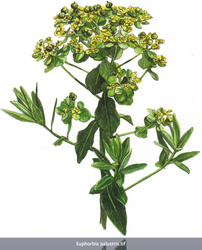
Fauna
Invertebrates are probably the fauna that most benefit from the natural and semi-natural habitats of the site, since small populations can survive even in areas of modest dimensions.

A recent study counted 23 species of butterflies, mostly associated with the sunny meadows, 11 species of dragonflies and 45 species of coleopterans.
These numbers, together with the qualitative aspect, point to a good entomological biodiversity.
As for vertebrates, birds are easiest to see, with as many as 116 species, including approximately 50 nesting species. During the migratory period and winter, water birds prevail, whilst in the breeding season there are more woodland, hedgerow and shrub loving species.
The wetlands are home to a rich community of water birds, such as herons, ducks, rails and waders. The White Stork (Ciconia ciconia) can often be seen nesting near the settlement of Caserana, just a few hundred yards from the protected area.
The herpetofauna comprises 5 species of amphibians and 7 of reptiles. Both these classes have one allochthonous species, the Bull Frog and Red Eared Slider or Terrapin, respectively.
Mammals count about fifteen species, including one allochthonous, the Nutria or Coypu, 5 species of bats, predators such as Fox, Beech Marten and Weasel, rodents like the Field Mouse, Water Vole and the tree living Fat or Edible Dormouse and insectivores like the Hedgehog, Shrew and White-toothed Shrew.
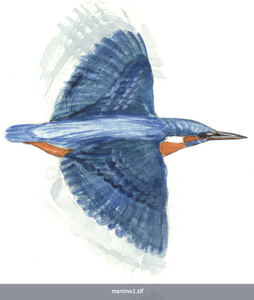
Paths of the Protected Area
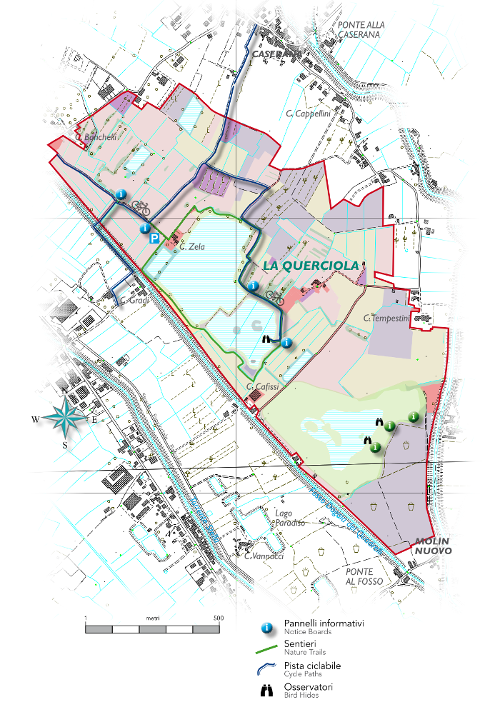
Casa di Zela Museum
La Querciola area includes the Casa di Zela where you can find amuseum of traditional peasant life with the Ernesto Franchi Collection, a centre for environmental education and a guesthouse.
How to got here
By car: take the Fiorentina Pistoiese (Florence-Pistoia) route SR 66; once at the locality of Casini follow the signposts for Caserana, after about 450m you will find the site entrance.
By Bus: BluBus Nos. 13 and 51
By Foot and Bicycle: Cycle path.
Please observe the followings rules
To protect our environment and life in the nature reserve area:
- do not leave any sort of litter
- do not light fires or throw cigarette stubs on the ground
- nauthorized motor vehicles are not allowed
- do not leave the paths
- no camping
- do not pick or damage flowers, plants or mushrooms
- do not disturb wild life
- dogs must be kept on a lead
- respect the silence of the area and keep noise levels low
For your safety:
- please be careful as you walk along the paths and wear suitable foot wear
- do not approach or shelter under trees in cases of storms, wind and snow
- do not leave children alone
- keep a watch for wild animals
Information
Centro di Ricerca, Documentazione e Promozione del Padule di Fucecchio Onlus
Tel. e fax. 0573 84540
E-mail: fucecchio@zoneumidetoscane.it
Sito web: www.paduledifucecchio.eu
Comune di Quarrata
E-mail: urp@comune.quarrata.pt.it
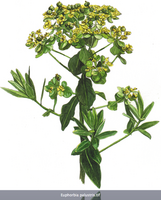
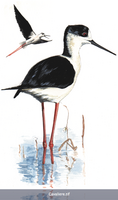
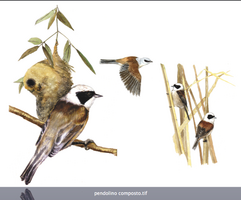

 Dowload the paper trails
Dowload the paper trails


